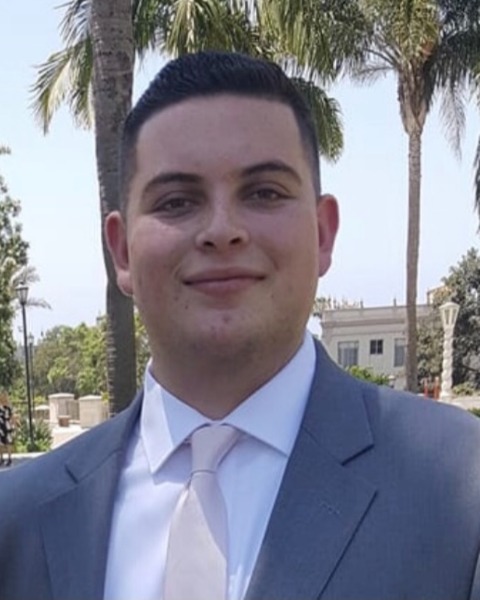Research (R)
(PP1312) Portrayal of Hearing Loss Information in Spanish Language YouTube Videos

Steven C. Huezo
Au.D Student
UC San Diego & San Diego State University
Norwalk, California, United States- CS
Chandan H. Suresh, PhD
Assistant Professor
California State University -Los Angeles
Alhambra CA 91803, California, United States
Lead Presenter(s)
Presenter(s)
The study examined the popularity, source, content, understandability, and actionability of hearing loss (HL) information in Spanish language YouTube videos. Results indicated that the Spanish language YouTube videos provide relevant content related to HL. The mean actionability scores were lower, implying that YouTube videos lack information on what actions to take when diagnosed with HL. Videos with high content, understandability and actionability scores need to be uploaded to help patients understand their conditions, make educated hearing health care decisions, and reduce social stigmas associated with HL treatment, such as the use of hearing aids.
Summary:
Rationale/Purpose
Patients' involvement in their health care has transformed dramatically over the last decade. Patients are more likely to seek health information, make informed decisions about rehabilitation, and self-manage their condition now more than at any point in history. In recent years, there has been a rise in people using the internet and social media to gather information about chronic health conditions, including hearing loss (HL) and tinnitus. YouTube is currently the most popular online video-sharing site and a common outlet for health-related information to be shared by professionals, health organizations, and patients. Only a handful of studies have examined the source, content, understandability, and actionability of English language YouTube videos related to hearing health. Understandability is defined as the ability of people from diverse backgrounds with varying health literacy abilities to comprehend educational materials and extract critical messages. Actionability refers to the ability of learners to identify what actions can be taken based on the educational material information. Research on English language YouTube videos on "HL", "tinnitus", "hearing aids" suggests that although YouTube videos provide relevant information, they lack actionability measures. To date, no study has examined the source, content, understandability, and actionability of "HL" information in Spanish language YouTube videos. The objective of the current study is to examine the popularity, source, content, understandability, and actionability of HL information in Spanish language YouTube videos.
Methods
The study used a cross-sectional design. One hundred of the most frequently viewed YouTube videos related to HL in Spanish were identified. Various data were manually coded (i.e., video source, video content, popularity measures such as the number of views, likes, and dislikes, year of upload). In addition, the understandability and actionability of each video were evaluated using the Patient Education Materials Assessment Tool for Audiovisual (PEMAT-AV) Materials rating scale.
Results
Of the 100 most viewed videos, the majority of uploads were made by professionals (58), followed by media (39) and consumers (3). Nearly half of the videos were uploaded between 2018-2021, suggesting a recent surge in uploading HL information on YouTube. Symptoms of HL, causes of HL, and consequences of HL on an individual's life and work were the most frequently discussed content, with over 70% of the videos commenting on these areas. The understandability scores (77%) were much higher than actionability (60%) scores. The mean understandability scores were similar to a previously published similar study on the English language. In contrast, the actionability scores were higher in Spanish videos than in English (31%) YouTube videos (Manchaiah et al., 2020).
Conclusions
The Spanish language YouTube videos provide relevant content related to HL.
The mean actionability scores were lower, implying that YouTube videos may not provide enough information on what actions to take when diagnosed with HL. Videos with high content, understandability and actionability scores need to be uploaded. These easily accessible videos on YouTube may help patients understand their conditions, make educated hearing health care decisions, and reduce social stigmas associated with HL treatment, such as the use of hearing aids.
Learning Objectives:
- 1. Identify the content, understandability and actionability scores of Spanish language YouTube videos related to hearing loss
